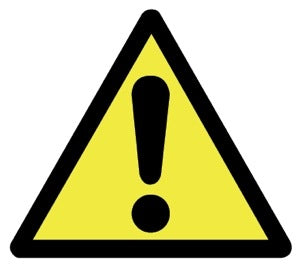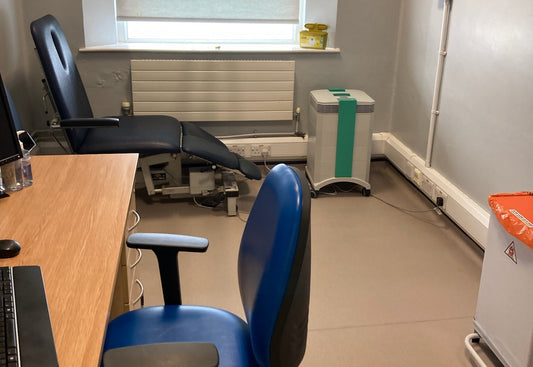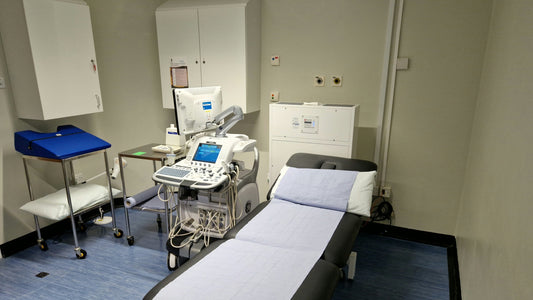Nanoparticles and nano-pollution are an area that we need to look at, given what we already know about the importance of particulate pollution control. Nanotechnology is an umbrella term for all those technologies which use materials, including particles and devices, on the nanoscale, which ranges from 100 to 1 nanometer (nm). Note, a nanometre is a thousandth of a micron. The ultrafine particles we sometimes talk about here, which are a level down from the more familiar PM2.5s and PM10s, are on the nanoscale – they have a size of 0.1 microns (100 nm) or less.
Nanotechnology is playing an increasing role in a number of industries, including cosmetics and toiletries, pharmaceuticals, construction, textiles, paints and coatings, and transport. The Project on Emerging Nanotechnologies from the Woodrow Wilson Center and the Pew Charitable Trust lists 1317 nano-technology based consumer products from sunscreen and shower filters to tennis racquets.
The fact that so many nanoparticle-containing products are being produced gives cause for concern because the potential health and safety risks of being exposed to nano pollution are largely unknown. At present, there is no special legislation for nanotechnology, although many different organisations are considering the issue. Nanotechnology is covered by existing health and safety regulations that are applicable to potentially hazardous materials.
But is that going to be enough? Materials tend to behave very differently on the nanoscale and it may well be that new legislation would be more appropriate for dealing with nano pollution.
The big questions are:
- Do nanoparticles go through the skin, are they inhaled – or both?
- How does the nano version of a material behave differently when compared with bigger particles of the same material?
- How should people work with nanoparticles be protected?
- What are the potential health risks of nanoparticles to the consumer/public?
In 2004, the Royal Society and the Royal Academy of Engineering took up the challenge in a report that said that UK regulatory bodies should consider whether existing legislation is sufficient to protect the public and the environment from nano pollution. There were responses from the Department for Environment, Food & Rural Affairs (Defra), the Department of Trade and Industry (DTI, now the Department for Business, Innovation & Skills), the Food Standards Agency and the Health & Safety Executive. The European Commission and the European Parliament Environment Committee has also been looking at nano pollution.
Responses varied, with some believing there is enough in current regulations to provide protection from nano pollution, while others said we need to go much further in understanding the risks and may need to rewrite the law to take account of these. There's also a knowledge gap in how to test nanomaterials, including nanoparticles, for risk – which might involve developing completely new technologies and methods. At present, consumer products are being put on the market without a proper risk assessment. This is a view that's been put forward quite strongly from the European Scientific Committee on Emerging and Newly Identified Health Risks. Where a new technology with potential risk emerges, isn't it better to be safe than sorry? No-one wants to halt innovation, but we need to know more about the nano pollution issue and regulate accordingly before we can really embrace nanotechnology and all its benefits.




